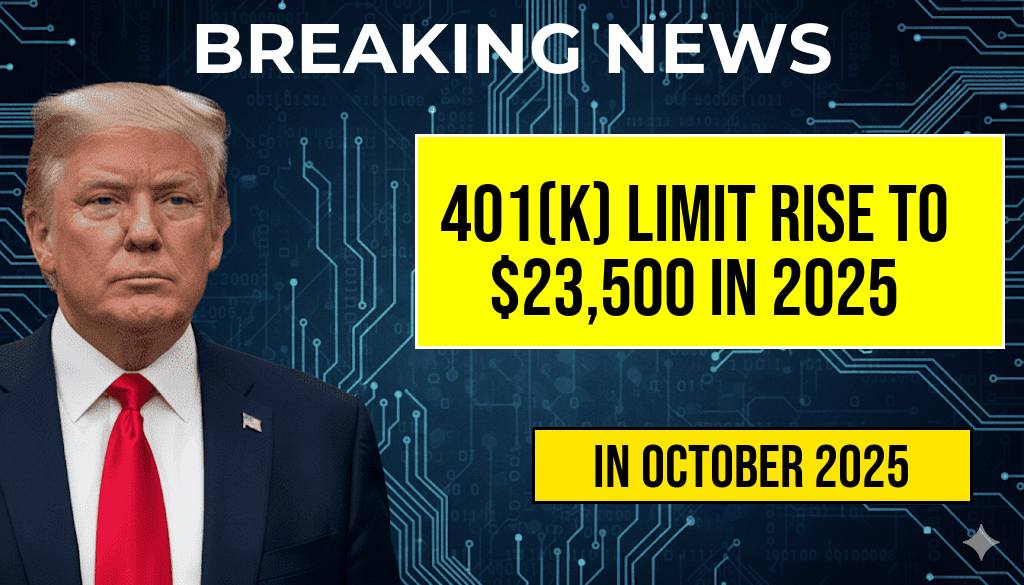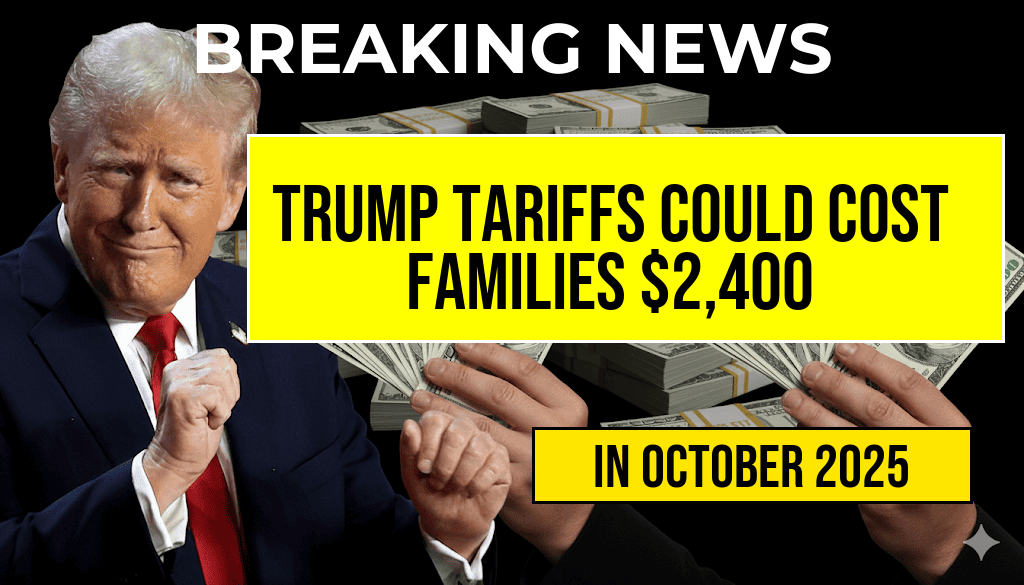The Internal Revenue Service (IRS) has announced an increase in the maximum contribution limit for 401(k) retirement accounts for the upcoming year. Starting in 2025, employees will be able to contribute up to $23,500 annually, marking a significant boost from the previous limit of $22,500 in 2024. This adjustment aims to assist American workers in enhancing their retirement savings amid rising living costs and inflation pressures. The increase reflects the IRS’s annual indexing process tied to the Consumer Price Index (CPI), ensuring contribution limits stay aligned with inflation. As more Americans seek to bolster their retirement nest eggs, understanding these changes and how they impact savings strategies becomes increasingly vital for employees and employers alike.
Understanding the 2025 401(k) Contribution Limit Increase
What’s New for 2025?
The IRS has set the new 401(k) contribution limit at $23,500 for 2025, representing a $1,000 increase over the 2024 limit. This adjustment is part of an annual process where contribution limits are modified based on changes in the CPI. The rise aims to help workers offset inflation and improve their retirement readiness. The catch-up contribution limit for employees aged 50 and older remains at $7,500, allowing those closer to retirement to make additional savings of up to that amount. Overall, the new combined maximum contribution for older workers reaches $31,000.
Who Benefits from the Increase?
This increase benefits a broad spectrum of workers, especially those who have been unable to save enough due to stagnant wage growth or increasing living expenses. Higher contribution caps give employees more flexibility to allocate funds directly into their retirement accounts, potentially accelerating their journey toward financial security. Employers also stand to benefit, as higher contribution limits may encourage greater participation in workplace retirement plans and boost overall savings rates.
Implications for Retirement Planning
Maximizing Contributions and Tax Advantages
| Year | Standard Contribution Limit | Catch-Up Contributions (age 50+) | Total Possible Contribution (age 50+) |
|---|---|---|---|
| 2024 | $22,500 | $7,500 | $30,000 |
| 2025 | $23,500 | $7,500 | $31,000 |
As contribution limits grow, employees should evaluate their savings strategies to maximize tax advantages. Contributions to traditional 401(k)s are made pre-tax, reducing taxable income for the year. Conversely, Roth 401(k) contributions grow tax-free, offering benefits for those expecting higher tax rates in retirement. Increasing contribution caps allow individuals to potentially save more on a tax-advantaged basis, especially if their financial situation permits.
Planning for Retirement Goals
Financial advisors recommend that workers consider increasing their contributions as their income rises or as they receive bonuses and other windfalls. Setting incremental savings targets helps in gradually reaching retirement goals without straining current finances. The higher limits also accommodate those who started saving later or had interruptions, enabling them to catch up more effectively.
Additional Factors and Considerations
Employer Contributions and Overall Savings
Beyond individual contributions, employer-sponsored plans often include matching contributions, which can significantly boost overall savings. The combined effect of employee and employer contributions is capped at $66,000 for 2025, up from $61,000 in 2024, excluding catch-up contributions. This increase encourages both employees and employers to invest more in retirement plans, fostering greater retirement security across the workforce.
Impact on Retirement Readiness
While higher contribution limits are a positive development, experts caution that they are just one piece of the retirement puzzle. Factors such as investment performance, inflation, healthcare costs, and longevity risks also play crucial roles. Financial literacy and proactive planning remain essential for turning increased contribution opportunities into meaningful retirement savings.
Additional Resources
- Retirement savings in the United States (Wikipedia)
- Forbes: What The 401(k) Contribution Limit Increase Means For Your Retirement
Frequently Asked Questions
What is the new 2025 401(k) contribution limit?
For 2025, employees can contribute up to $23,500 to their 401(k) plans, representing an increase from previous years.
Who is eligible to take advantage of the increased 401(k) contribution limit?
All eligible employees participating in a 401(k) plan can contribute up to the new limit, provided they meet the plan’s eligibility criteria established by their employer.
When does the new 2025 401(k) contribution limit take effect?
The increased limit becomes effective at the start of the 2025 calendar year, allowing employees to contribute up to $23,500 during that year.
Are there catch-up contributions available for employees aged 50 and above?
Yes, employees aged 50 and above can make additional catch-up contributions, which are separate from the standard limit, allowing for greater savings in 2025.
How does the 2025 contribution limit compare to previous years?
The 2025 limit of $23,500 is higher than the 2024 limit, reflecting recent adjustments to help employees save more for retirement and keep pace with inflation.










